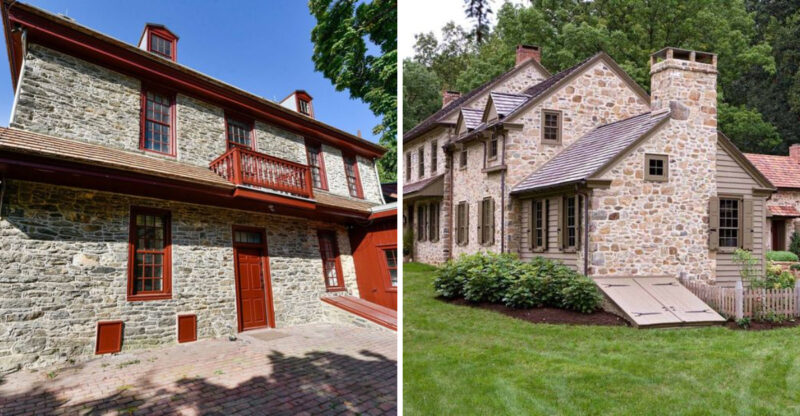10 Types Of Pennsylvania Homes That Could Drop In Value By The End Of 2025
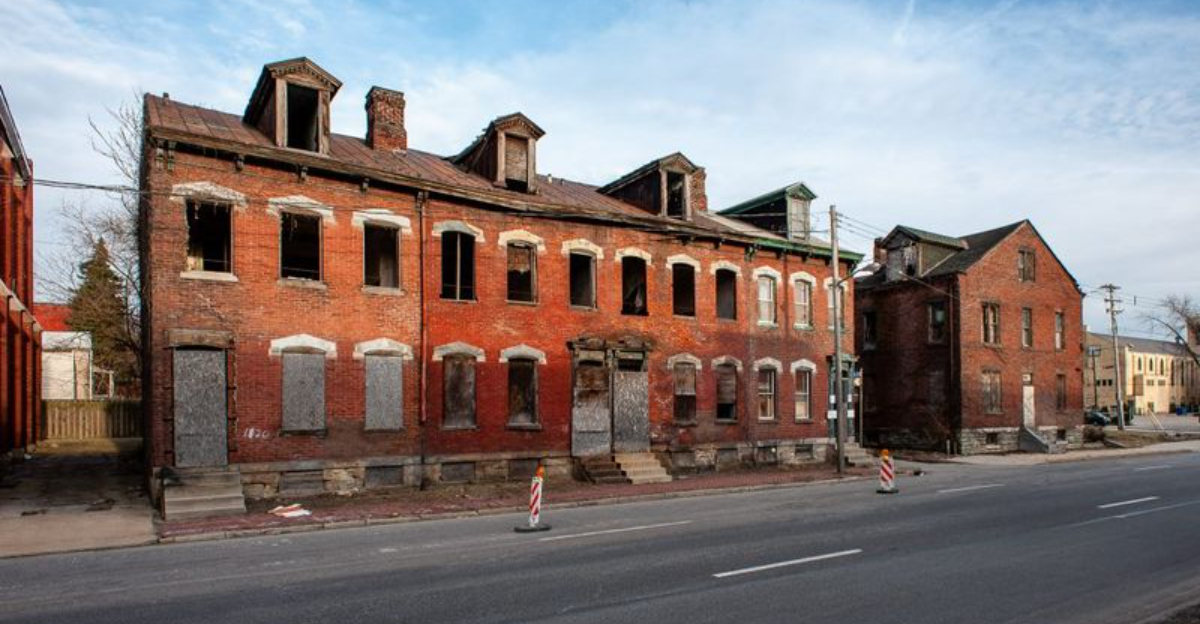
The Pennsylvania real estate market faces unique challenges as we approach 2025. Economic shifts, changing buyer preferences, and environmental concerns are reshaping property values across the Keystone State.
Some homes that once seemed like solid investments might soon experience unexpected price drops. Here’s a closer look at which Pennsylvania properties could lose their financial footing in the coming years.
1. Isolated Rural Properties Without Modern Amenities
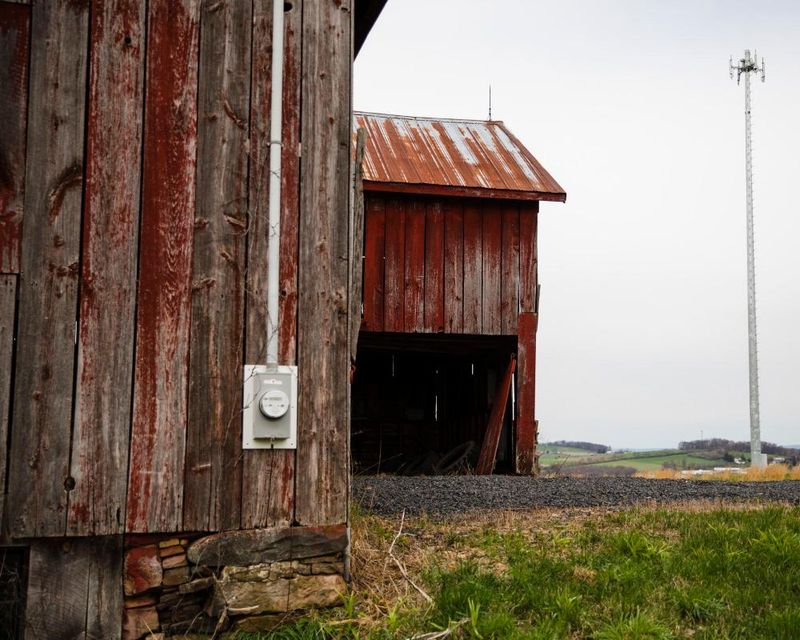
Remote farmhouses and cabins without reliable internet access face a serious market disadvantage. The pandemic-driven rural exodus is reversing as remote workers discover the limitations of country living.
Properties lacking broadband, cell service, or updated electrical systems simply can’t compete in today’s connected world. Even gorgeous mountain views won’t compensate for digital isolation.
Buyers now expect modern conveniences regardless of location. Homes in Pennsylvania’s most remote counties like Sullivan or Forest might see values plummet if they can’t offer basic technological amenities.
2. Homes With Outdated Oil Heating Systems
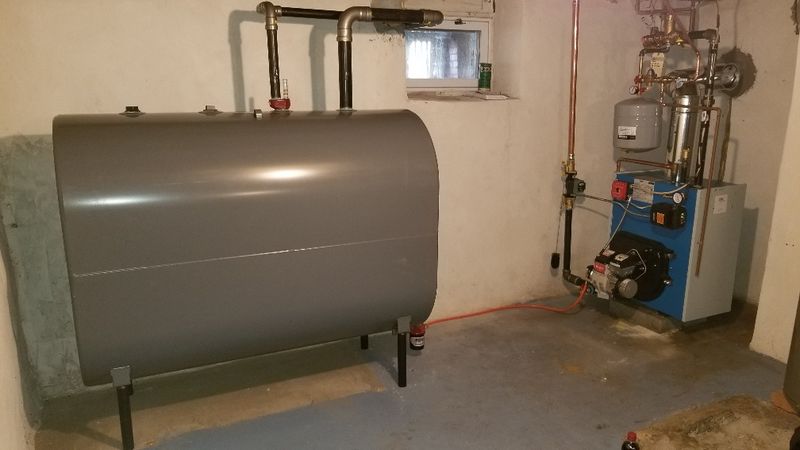
Houses relying on oil furnaces face a double whammy of environmental concerns and skyrocketing fuel costs. Pennsylvania winters demand efficient heating, making these energy-guzzlers increasingly unattractive.
Converting from oil to natural gas or heat pumps typically costs $5,000-$15,000, an expense many buyers prefer to avoid. The telltale oil tank in the basement signals immediate renovation needs to potential buyers.
With Pennsylvania pushing for greener energy solutions, these fossil-fuel dependent homes will likely see their market appeal diminish substantially by 2025.
3. Floodplain Properties Prone To Increased Flooding
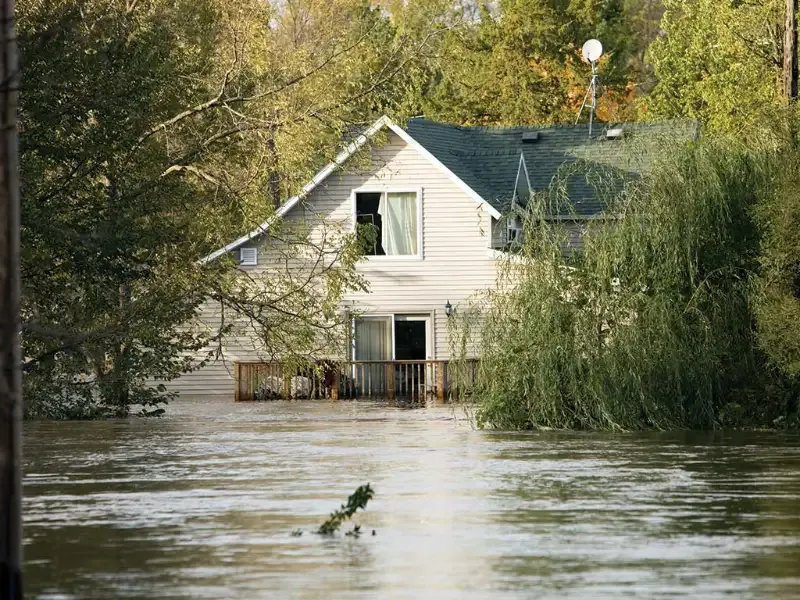
Worried that rising waters could soon put a damper on your Pennsylvania property? Climate change is turning up the volume on heavy rainfall, making floodplain homes along the Susquehanna and Delaware rivers more vulnerable than ever.
Insurance companies are no longer playing catch-up. They’re hiking premiums or dropping coverage altogether, leaving homeowners with steep new costs.
Charming towns like Wilkes-Barre and New Hope, known for their riverside appeal, now face a tough reality, many properties risk going financially underwater well before the next flood arrives. Could your dream home become a sinking ship?
4. Vacant Or Abandoned Homes In Post-Industrial Towns
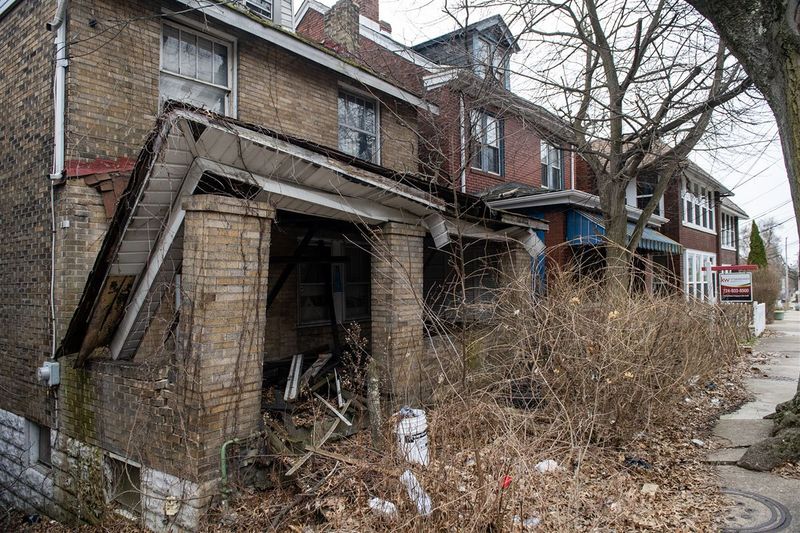
Ghost homes haunt Pennsylvania’s former manufacturing hubs. These vacant properties, often in towns like Aliquippa or Johnstown, represent faded industrial glory and dwindling population bases.
Local governments struggle with limited resources to address infrastructure decay around these homes. Streets with multiple abandoned properties create a downward spiral effect on neighboring home values.
Without significant economic revitalization, these properties face continued decline. The oversupply of housing in areas with shrinking populations virtually guarantees falling prices through 2025.
5. Historic Stone Houses With Structural Issues
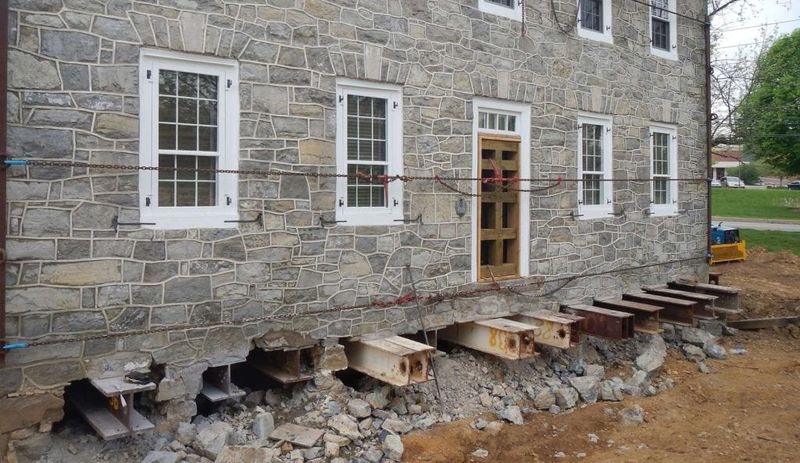
Pennsylvania’s charming 18th and 19th-century stone homes often hide expensive problems behind their character-filled walls. Their aging foundations and outdated systems frequently require specialized restoration skills that few contractors possess.
Moisture issues plague these structures, with water infiltration damaging both stones and mortar. The resulting mold and deterioration can turn a dream home into a money pit.
While historically significant, these properties face diminishing buyer pools as renovation costs soar. Only deep-pocketed history buffs might remain interested as practical homebuyers turn away.
6. Properties Near Major Highways Or Industrial Zones
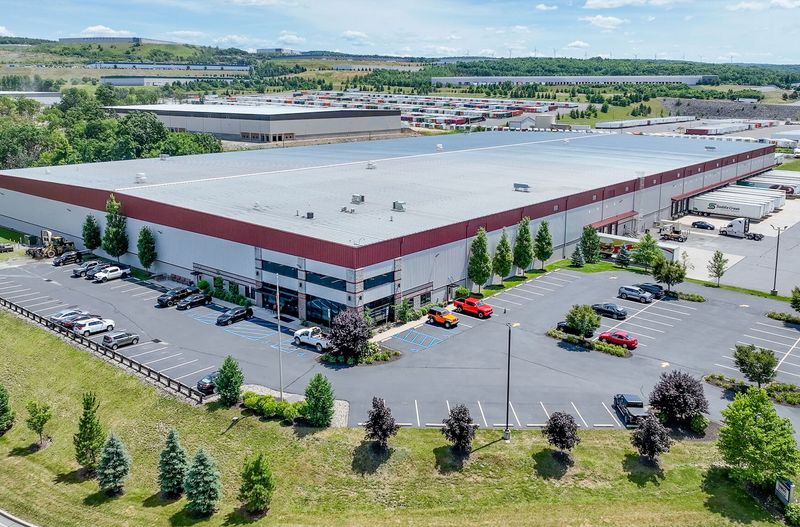
Concerned that traffic noise and pollution could be draining your Pennsylvania home’s value? Homes near the expanding highway system, like the Pennsylvania Turnpike and I-81 corridors, are facing growing challenges from increased traffic volume.
Add in industrial zones, especially near fracking and manufacturing sites, and environmental worries start piling up. Recent studies linking these areas to health issues have buyers thinking twice.
Even big price discounts might not overcome these drawbacks. With rising environmental awareness, expect property values in these locations to drop faster through 2025.
7. Homes Lacking Energy-Efficient Upgrades In Cold Climates
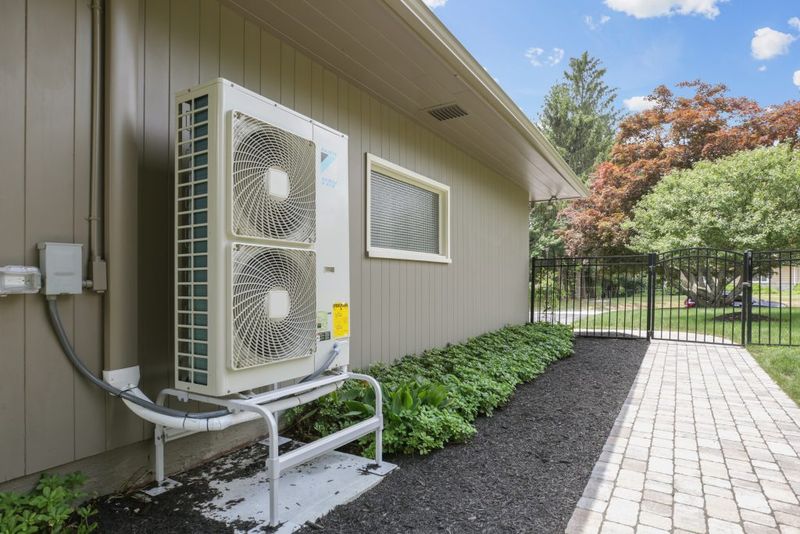
Drafty windows and minimal insulation spell trouble for older Pennsylvania homes in the northern counties. Rising energy costs make inefficient houses increasingly expensive to maintain comfortably through harsh winters.
Buyers now routinely request utility records during home inspections. High heating bills raise immediate red flags about necessary upgrades that could cost tens of thousands.
Pennsylvania’s new energy codes make the contrast between updated and outdated homes even starker. Properties in the Poconos or Erie regions that haven’t addressed efficiency will likely see their market appeal, and values, continue to cool.
8. Single-Family Homes In Overbuilt Suburban Neighborhoods

Cookie-cutter developments around Philadelphia, Pittsburgh, and Harrisburg face saturation problems. Builders rushed to meet pandemic-driven suburban demand, creating a potential oversupply as that trend moderates.
These neighborhoods often lack the character and walkability younger buyers increasingly seek. When every third house has the same floor plan, standing out in a crowded market becomes nearly impossible.
Rising interest rates hit these mid-range properties particularly hard. Developments in counties like Chester and Montgomery that experienced rapid growth may soon see values plateau or decline as supply exceeds demand.
9. Older Rowhouses In Declining Urban Areas
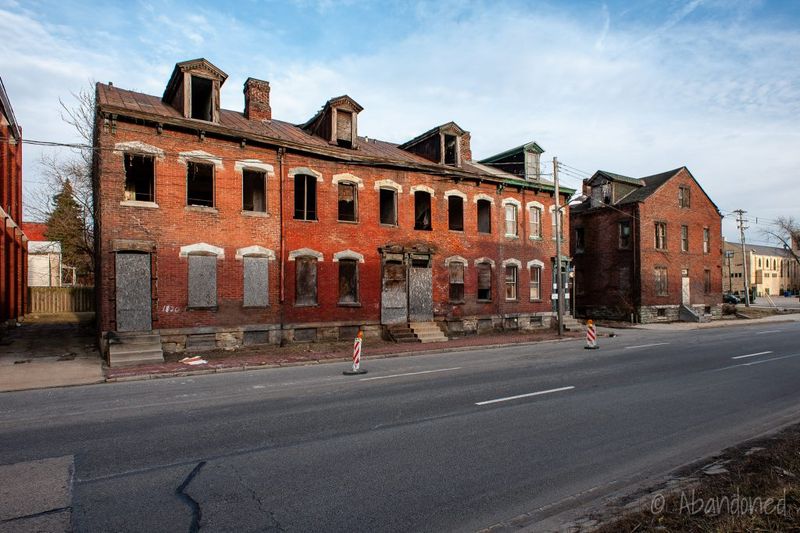
Still holding onto that old rowhouse dream? Well, in many Pennsylvania neighborhoods, those aging rowhouses are starting to feel more like money pits than cozy homes. Maintenance bills keep piling up while buyers are swiping left, craving yards and open layouts instead.
No parking spots? That’s a dealbreaker in communities where everyone’s got a car, and no one wants to play the daily game of “Find a Spot.”
In cities like Scranton and Reading, where industry’s taken a hit and new jobs are slow to show up, these narrow homes might be headed for a rough patch. Looks like the rowhouse charm might need a serious makeover, or at least a new marketing slogan!
10. Condos Or Apartments In Oversupplied Urban Markets
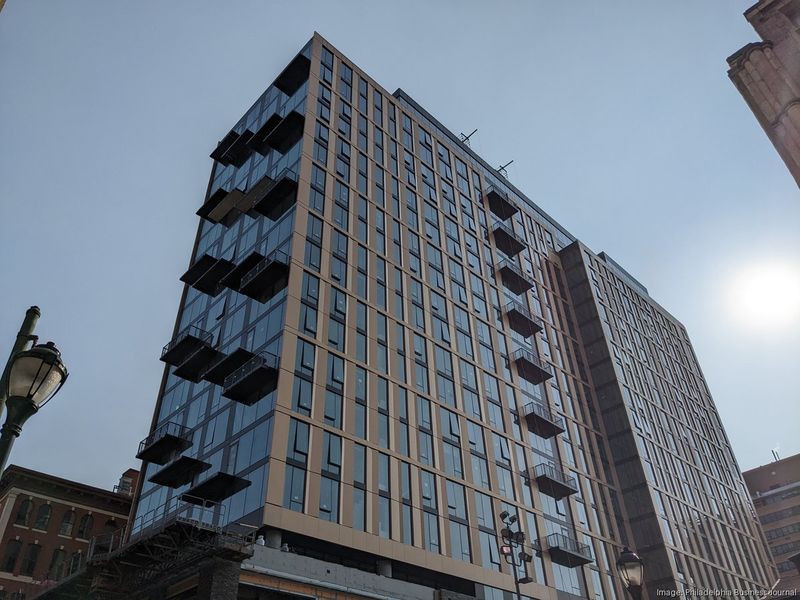
Urban apartment buildings face trouble in Philadelphia and Pittsburgh where construction boomed post-2010. The supply of luxury units now exceeds the number of renters willing to pay premium prices.
Amenity-rich buildings with high HOA fees particularly struggle as remote work reduces the need to live downtown. Condo owners often find themselves competing with developer-owned units still trying to sell initial inventory.
The math simply doesn’t work for many investors anymore. When rental income can’t cover carrying costs, expect a wave of investor selloffs that could further depress urban condo values by 2025.

